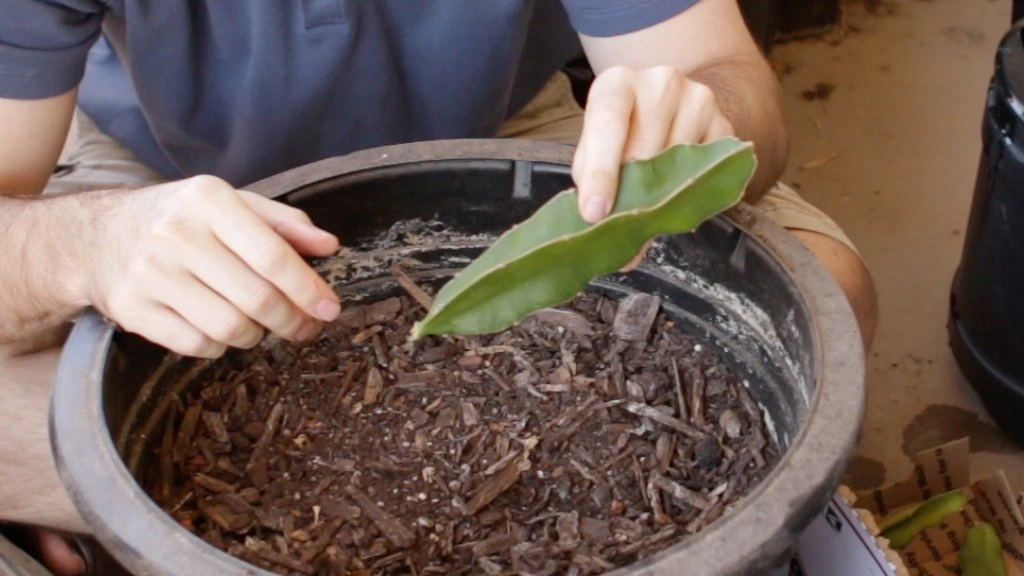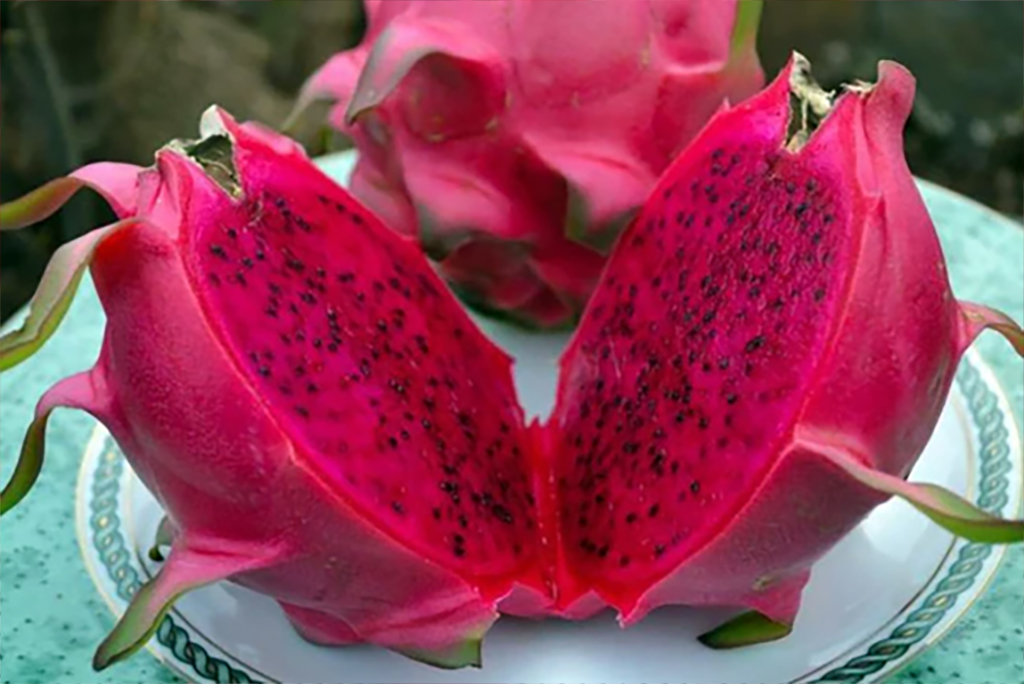Overview
Due to its stunning colors and distinctive look, dragon fruit has gained popularity throughout the world. A lot of farmers are focusing on dragon fruit farming. In this thorough book, we will explore the subtleties of cultivating dragon fruit, the particulars of growing it in India, and the complexities of growing it. Come along as we investigate the profitability of dragon fruit farming, taking into account variables like profit per acre and related farming expenses to ascertain if this is a truly successful endeavor.

Dragon Fruit Farming
Table of Contents
Knowing the Fundamentals
What is a dragon fruit?

Let’s first review the fundamentals of dragon fruit cultivation before getting into the finer points. Dragon fruit is a member of the cactus family and is sometimes referred to as pitaya or pitahaya. Hylocereus undatus is its scientific name, and it is a warm-weather plant. With its vivid pink or yellow outer cover and white or red interior coated with tiny black seeds, the fruit is renowned for its eye-catching look.
How to Grow Dragon Fruit
Choose the Right Place
Selecting the ideal site is the first step in growing dragon fruit. Dragon fruit plants prefer slightly acidic soil pH over neutral pH, and they need well-draining soil. It is important to make sure the chosen location has enough sunshine because dragon fruit plants prefer direct sunlight.
Propagation

Although dragon fruit seeds can be used to grow dragon fruit, cuttings are a more popular and effective technique. After choosing healthy stems, let them dry for a few days before planting them in the ready soil. This process promotes quicker root growth.
Planting
To encourage water discharge, plant the cuttings at a slight angle. Sufficient distances are essential to avoid crowding. Because dragon fruit trees are climbers, it’s best to give them a strong trellis for support.
Irrigation
An effective irrigation system is essential for growing dragon fruit. Although drought-tolerant, dragon fruit needs consistent irrigation during its early growth stage. Once established, water less frequently, but be sure to water deeply to promote root growth.
Dragon fruit farming in India
Climate-Related Matters
It’s critical to comprehend the climate when it comes to dragon fruit farming in India. Plants that bear dragon fruit do well in tropical and subtropical environments. This exotic fruit grows best in areas that are between 20 and 30 degrees Celsius in temperature.
Types Suitable for the Indian Environment
Several kinds of dragon fruit grow successfully in India. Among Indian growers, cultivators are increasingly using varieties like Vietnamese White and Physical Graffiti. These types show resistance to diseases and pests common in the area.
Financial Sustainability
Is it profitable to grow dragon fruit in India? is the question that worries all farmers. Due to the growing demand for unusual fruits, dragon fruit has created a gap in the market. Due to the fruit’s popularity and the good climate in some parts of India, growing it could be a profitable business.
Dragon Fruit Farming Profit
It’s important to take several elements into account when evaluating the profitability of dragon fruit farming. These include the yield per acre, market demand, operating costs, and the initial investment. Let’s dissect these elements to have a thorough grasp.
First Invested
Dragon fruit farming is expensive since it requires upfront costs for trellises, irrigation systems, planting materials, and land preparation. Even though the initial outlay might seem high, in most cases, the long-term advantages outweigh the disadvantages.
Costs of Operations
Labor, insecticides, and fertilizers are examples of ongoing operating expenses. Reducing these expenses through the use of sustainable farming techniques can increase overall profitability.
Amount Produced per Acre
The yield has a direct impact on the profit per acre. Usually, a year or two after planting, dragon fruit plants begin to bear fruit. A productive plantation can produce a significant amount of fruit, increasing total profitability.
In summary
To sum up, growing dragon fruit is an exciting business with big profit potential. This comprehensive guide covers every aspect of dragon fruit farming in India, from planting to harvesting to comprehending the subtleties of the crop. Dragon fruit farming stands out as a profitable alternative for farmers looking for a profitable and sustainable agricultural endeavor as the exotic fruit industry continues to grow. As you walk into unexplored waters in the agricultural industry, whether you are an experienced farmer or just starting, take into account the possibilities of dragon fruit cultivation.
Is dragon fruit farming profitable?
After the first planting, dragon fruit (Hylocereus) usually takes one to two years to bear fruit. This time frame, however, might change depending on many factors, including the particular dragon fruit type being grown, maintenance procedures, and ambient circumstances.
What is the lifespan of a dragon fruit plant?
A well-kept dragon fruit plant can live for about 15 to 20 years in ideal circumstances and with the right care.
What are the requirements for dragon fruit farming?
To grow dragon fruit, you need a tropical or subtropical climate with temperatures between 20 and 30 degrees Celsius, soil that drains well, and lots of sunshine. For cultivation to go well, the right support systems, watering, and pest control are needed.
Can I grow dragon fruit at home?
Dragon fruit is indeed cultivable at home. For effective cultivation, select a variety that suits your needs, make sure the soil drains properly, and give a sunny spot with a strong support system.
To learn more about dragon fruit farming and its specialties, click here.
